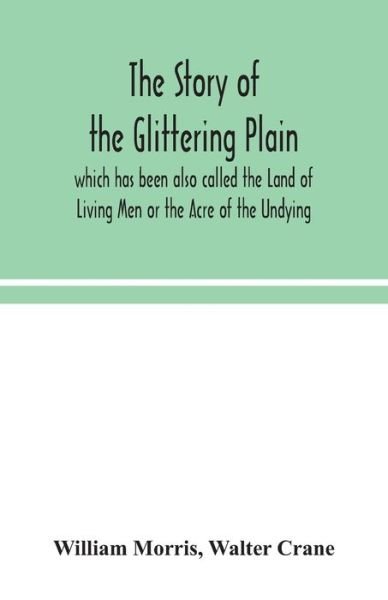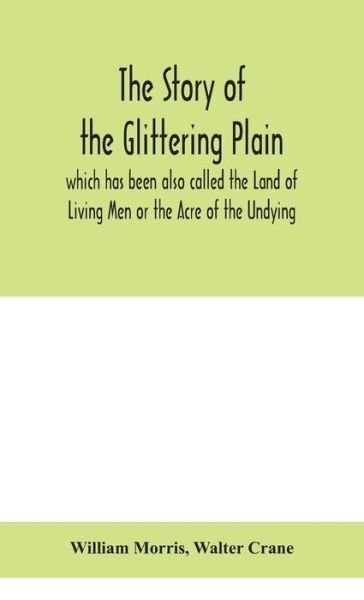
Conte aos seus amigos sobre este item:
The story of the Glittering Plain
William Morris
Item sob encomenda (no estoque do fornecedor)
Também disponível como:
- Paperback Book (2017) Íkr 2.129,54
- Paperback Book (2016) Íkr 2.214,34
- Paperback Book (2017) Íkr 2.224,94
- Paperback Book (2017) Íkr 2.638,34
- Paperback Book (2012) Íkr 2.680,74
- Paperback Book (2015) Íkr 2.913,94
- Paperback Book (2024) Íkr 2.913,94
- Paperback Book (2004) Íkr 3.041,14
- Paperback Book (2017) Íkr 3.274,34
- Paperback Book (2024) Íkr 3.507,54
The story of the Glittering Plain
William Morris
The Story of the Glittering Plain (full title: The Story of the Glittering Plain which has been also called the Land of Living Men or the Acre of the Undying) is an 1891 fantasy novel by William Morris, perhaps the first modern fantasy writer to unite an imaginary world with the element of the supernatural, and thus the precursor of much of present-day fantasy literature. It is also important for its exploration of the socialist themes that interested Morris. His earlier fantasies The House of the Wolfings and The Roots of the Mountains were to some degree historical novels. Like these The Story of the Glittering Plain is set in a world similar to the distant past of northern Europe. Morris would go on to develop the new genre established in this work in such later fantasies as Child Christopher and Goldilind the Fair, The Wood Beyond the World, The Well at the World's End, and The Water of the Wondrous Isles. The book concerns the quest of Hallblithe of the House of the Raven to rescue his fiancée the Hostage, who has been kidnapped by pirates, which ultimately takes him to the utopian Land of the Glittering Plain, also known as the Acre of the Undying or the Land of the Living Men, whose inhabitants are supposedly immortal. William Morris (24 March 1834 - 3 October 1896) was an English textile designer, poet, novelist, translator, and socialist activist. Associated with the British Arts and Crafts Movement, he was a major contributor to the revival of traditional British textile arts and methods of production. His literary contributions helped to establish the modern fantasy genre, while he played a significant role in propagating the early socialist movement in Britain. Born in Walthamstow, Essex, to a wealthy middle-class family, Morris came under the strong influence of medievalism while studying Classics at Oxford University, there joining the Birmingham Set. After university he trained as an architect, married Jane Burden, and developed close friendships with the Pre-Raphaelite artists Edward Burne-Jones and Dante Gabriel Rossetti and with the Neo-Gothic architect Philip Webb. Webb and Morris designed a family home, Red House, then in Kent, where the latter lived from 1859 to 1865, before moving to Bloomsbury, central London. In 1861, Morris founded a decorative arts firm with Burne-Jones, Rossetti, Webb, and others: the Morris, Marshall, Faulkner & Co. Becoming highly fashionable and much in demand, the firm profoundly influenced interior decoration throughout the Victorian period, with Morris designing tapestries, wallpaper, fabrics, furniture, and stained glass windows. In 1875, Morris assumed total control of the company, which was renamed Morris & Co. Although retaining a main home in London, from 1871 Morris rented the rural retreat of Kelmscott Manor, Oxfordshire. Greatly influenced by visits to Iceland, with Eiríkr Magnússon he produced a series of English-language translations of Icelandic Sagas. He also achieved success with the publication of his epic poems and novels, namely The Earthly Paradise (1868-1870), A Dream of John Ball (1888), the utopian News from Nowhere (1890), and the fantasy romance The Well at the World's End (1896). In 1877 he founded the Society for the Protection of Ancient Buildings to campaign against the damage caused by architectural restoration. Embracing Marxism and influenced by anarchism, in the 1880s Morris became a committed revolutionary socialist activist; after an involvement in the Social Democratic Federation (SDF), he founded the Socialist League in 1884, but broke with that organization in 1890. In 1891 he founded the Kelmscott Press to publish limited-edition, illuminated-style print books, a cause to which he devoted his final years.
| Mídia | Livros Paperback Book (Livro de capa flexível e brochura) |
| Lançado | 4 de outubro de 2016 |
| ISBN13 | 9781539342083 |
| Editoras | Createspace Independent Publishing Platf |
| Páginas | 72 |
| Dimensões | 203 × 254 × 4 mm · 163 g |
| Idioma | English |
Mais por William Morris
Outros também compraram
Mais dessa série
Ver tudo de William Morris ( por exemplo Paperback Book , Hardcover Book , Book , Pamphlet e Board book )






















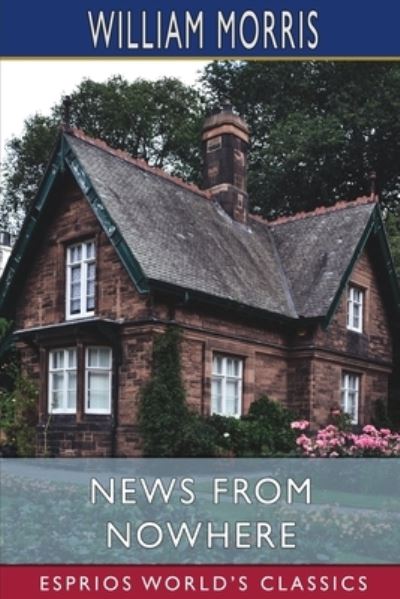












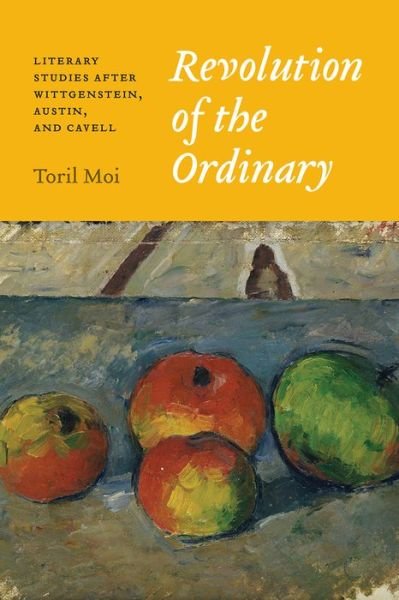
![Cover for Fjodor Dostojevskij · Rosinantes Klassikerserie: Forbrydelse og straf (Sewn Spine Book) [3º edição] (2010)](https://imusic.b-cdn.net/images/item/original/799/9788763814799.jpg?fjodor-dostojevskij-2010-rosinantes-klassikerserie-forbrydelse-og-straf-sewn-spine-book&class=scaled&v=1332799212)
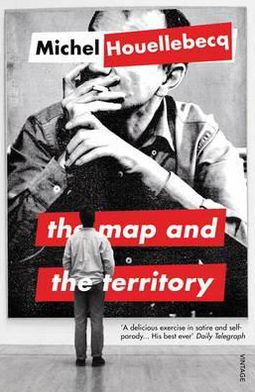
![Cover for Thomas Mann · Klassikere med forord: Doktor Faustus (Sewn Spine Book) [4º edição] (2014)](https://imusic.b-cdn.net/images/item/original/751/9788702127751.jpg?thomas-mann-2014-klassikere-med-forord-doktor-faustus-sewn-spine-book&class=scaled&v=1411932809)
![Cover for Isak Winkel Holm · Stormløb mod grænsen (Sewn Spine Book) [1º edição] [Indbundet] (2015)](https://imusic.b-cdn.net/images/item/original/798/9788702166798.jpg?isak-winkel-holm-2015-stormloeb-mod-graensen-sewn-spine-book&class=scaled&v=1431194780)
![Cover for Yahya Hassan · Yahya Hassan 2 (Sewn Spine Book) [1º edição] (2019)](https://imusic.b-cdn.net/images/item/original/866/9788702265866.jpg?yahya-hassan-2019-yahya-hassan-2-sewn-spine-book&class=scaled&v=1573199860)
![Cover for Alice Munro · Noget jeg gerne vil sige (Sewn Spine Book) [1º edição] (2020)](https://imusic.b-cdn.net/images/item/original/281/9788702286281.jpg?alice-munro-2020-noget-jeg-gerne-vil-sige-sewn-spine-book&class=scaled&v=1576228391)
![Cover for Kristian Leth og Eske Willerslev · Historien om det hele (Bound Book) [1º edição] (2016)](https://imusic.b-cdn.net/images/item/original/487/9788771376487.jpg?kristian-leth-og-eske-willerslev-2016-historien-om-det-hele-bound-book&class=scaled&v=1456264012)

![Cover for Erich Auerbach · Mimesis: The Representation of Reality in Western Literature - New and Expanded Edition - Princeton Classics (Paperback Book) [New and Expanded edition] (2013)](https://imusic.b-cdn.net/images/item/original/221/9780691160221.jpg?erich-auerbach-2013-mimesis-the-representation-of-reality-in-western-literature-new-and-expanded-edition-princeton-classics-paperback-book&class=scaled&v=1404939892)
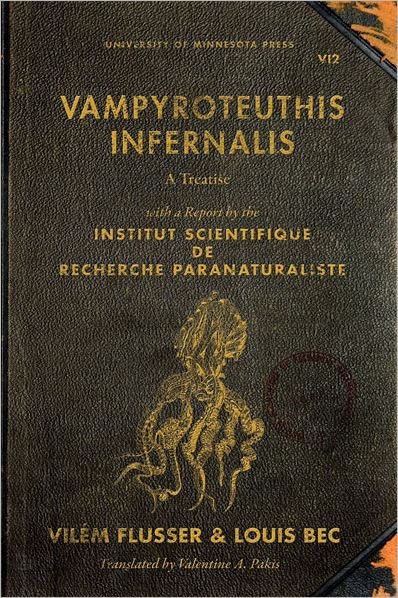
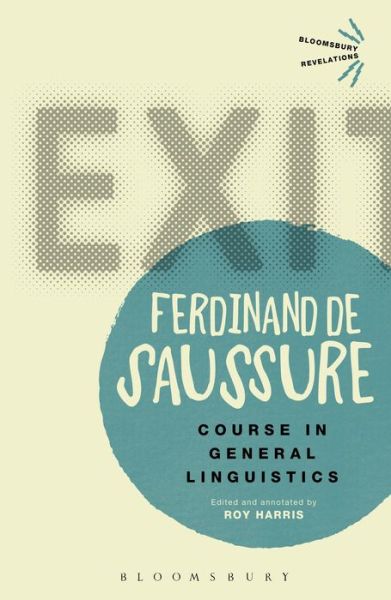



![Cover for William Morris · The Story of the Glittering Plain - A Book That Inspired Tolkien: With Original Illustrations - Professor's Bookshelf (Paperback Book) [Revised, edition] (2018)](https://imusic.b-cdn.net/images/item/original/067/9781925110067.jpg?william-morris-2018-the-story-of-the-glittering-plain-a-book-that-inspired-tolkien-with-original-illustrations-professor-s-bookshelf-paperback-book&class=scaled&v=1638543166)
![Cover for William Morris · The Story of the Glittering Plain - A Book That Inspired Tolkien: With Original Illustrations - Professor's Bookshelf (Hardcover Book) [Revised, edition] (2018)](https://imusic.b-cdn.net/images/item/original/951/9781925110951.jpg?william-morris-2018-the-story-of-the-glittering-plain-a-book-that-inspired-tolkien-with-original-illustrations-professor-s-bookshelf-hardcover-book&class=scaled&v=1638543166)
